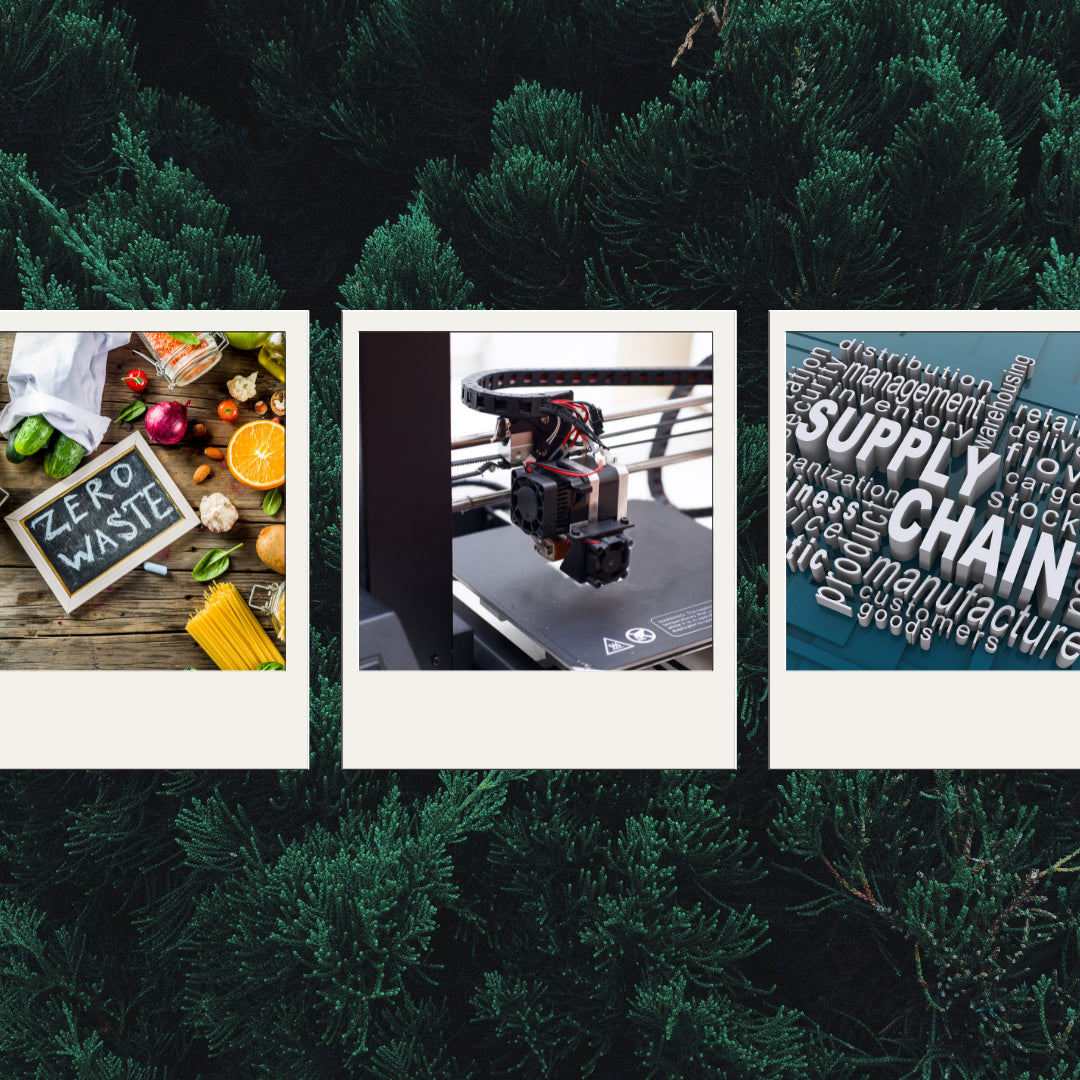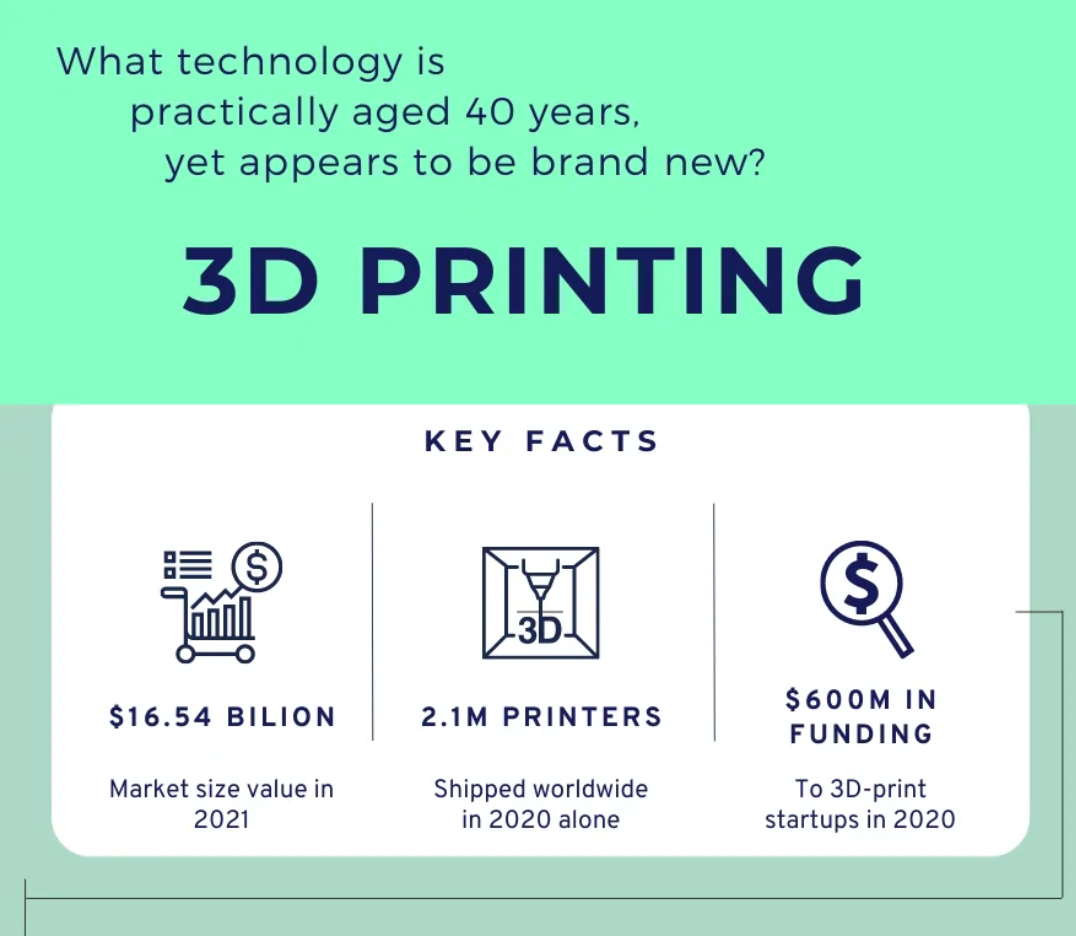3D printing is already shaking our age-old notions of what can and can’t be made- Hod Lipson
COVID-19 has had a significant impact on the worldwide supply chain. Prices have risen due to scarcity, and manufacturers, distributors, and other important stakeholders in the supply chain have experienced major disruptions. Companies across the world rely on supply chains from China and Southeast Asia to ensure efficient and trouble-free production and manufacturing, which at the same time means large minimum order quantity, a lot of waste, etc...
When talking about waste, another closely related factor is sustainability. No one is prepared for the climate disaster, which is speeding up at an unprecedented rate. While many companies contribute to the crisis's worsening, several stand out. As the phrase goes one company at a time can change the world.
We contacted several 3D printing specialists to get their thoughts on 3D printing and sustainability, as well as supply chains and whether it can alleviate any problems. Check out their great opinions below!

Pete Basiliere, Managing Director at Monadnock Insights
Neither “3D printing,” “supply chain,” nor “sustainability” are monolithic entities. Therefore, the impact of 3D printing on the supply chain and sustainability varies by the niche we are discussing. 3D printing enables a change from “design for manufacturing” to “manufacturing the ideal design.” The creativity unleashed by engineers, designers, and students, indeed, by anyone who uses 3D printing produces solutions to supply chain and sustainability that otherwise will not happen. 3D printing is only as good as the person who is using the technology and their colleagues, as well as the hardware, software, and material suppliers. 3D printing is a tool that is useful only in the hands of an artist, designer, or engineer.

Indrė Zabielaitė, Chief Staff at 3D Creative
3D printing is an absolute game-changer if we talk about supply chain and sustainability issues. To begin with, all parts are produced only on-demand, when and where they are needed. We can save a lot of different costs, such as storage, transportation, etc. Finally, 3D printing is not subtractive, but an additive manufacturing technology – this means we can reduce material waste almost close to zero. And I think it is crucial these days.

From what I’ve noticed from the past and current state of 3D printing, it seems that it hasn’t gone mainstream enough to sizably affect the supply chain and I don't believe most 3D printing materials are created and/or used sustainability. While companies and people are able to print what they want quickly and on-demand, they still have to order supplies and consumables which may offset the supply chain benefit of in-house printing. The rise of 3D printing has also spurred hobbyists and micro businesses that print & ship in possibly less efficient and sustainable manners than those of well-established businesses. I often wonder how much of what people print is ending up in landfills and furthering pollution. Hopefully, these issues will be alleviated sooner rather than later.

Martin Jewell, R&D Director at Evo 3D
I think there's got to be innovation and investment in the sector to get us to that, sort of golden egg at the end of the rainbow, I guess of solving all the sustainability problems. We are going in the right direction. Obviously, supply chains are extremely difficult now with shipping costs being ridiculous and shipping times being, unreliable from China and other such countries. Also, the carbon footprint of objects, if you really break it down as it's quite saddening, I think for a simple piece to be traveling hundreds of thousands of miles is not necessary. So, we're hoping businesses here in the UK sort of take control of that and take control of that supply chain as a good bright product getting some strong sustainability and outputs. I believe the only way to really motivate businesses to be truly sustainable and green is to solve another problem, which is generally cost and ease of getting the necessary equipment so, that's the focus we have. Making 3D printing better for companies and innovating on equipment to ensure that when they do print and the net outcome is not compromised in terms of the quality of the products, and the leading is not compromised. Customers are getting the same quality but they're gaining on the fact they don't have to wait for the product to come from China, and a lot of time we can produce the product at a lower price. What’s more, clients have the actual benefit of it, being more sustainable. and it gives our clients the ability to handpick their materials. So, if they want to produce a part using a recycled piece, they can do that.
Thanks to all the experts who contributed to this roundup. Let us know, in the comments if you found this article useful.



